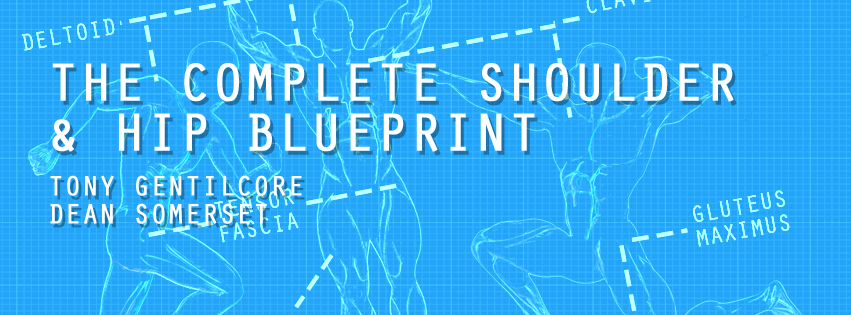I don’t envy new trainers and coaches coming into the industry. Today’s market is so saturated with gimmicks, tomfoolery, and bluster, everyone vying for everyone else’s attention, a total shit-show, that it’s become increasingly more challenging to give advice.
Most of what I have to say falls on deaf ears because, well, what I have to say isn’t sexy, takes a bit of persistence and resiliency, and doesn’t involve quick fixes (or the letters SEO).

I’m empathetic towards today’s fitness professional, though. I really am.
When I first started in this industry – way back in 2002, when smart phones didn’t exist – the industry was pretty barren. At least it seemed that way.
Today, seemingly, everyone is in on the action. All anyone needs nowadays is an IG account, a badonkadonk or a bunch of tattoos (or both), and sha-ZAM….a bonafide fitness expert is made.
Here’s a little secret: a pretty good litmus test as to how to tell the fitness celebrities asshats from the fitness professionals is the ratio of pictures of themselves to that of actual clients, or better yet, actionable content/advice.
What’s more, when I first started blogging waaaaaaay back in 2006, there weren’t many people in the industry who were doing the same. Off the top of my head I can think of Eric Cressey, Mike Robertson, Mike Boyle, Krista Scott-Dixon, and John Romaniello.
I was lucky in that I jumped on that train early.1
Fast forward ten years….the cacophony of “noise” and competition from everyone blogging, Tweeting, Snapchatting, using Facebook Live, and starting their own Podcast is intimidating if not absurd.
It’s never been easier to be heard; the internet and social media has given everyone a voice. However, it’s never been harder to get heard; because the internet and social media has given everyone a voice.
It can be a cutthroat, shallow, cynical, often opaque industry rewarding those who, for all intents and purposed, wouldn’t know their ass from their acetabulum.
It’s less about actually wanting to help people, and more about winning a popularity contest.
On a deeper level, I’m truly empathetic to those trying to make a living in the “real” world. There’s rarely a week that goes by where I don’t receive an email from someone that’s an iteration of one of the following:
“I’m having a hard time getting or maintaining clients.”
“It’s taking all my mental energy to not want to throw my face into a chainsaw. Working in a commercial gym sucks.”
Here’s Some Advice (In List Form Because I Like Lists)
1. Don’t Be a Dickwad.2
I’ve said this before and I’ll repeat myself until I’m blue in the face: I believe every (new) trainer should work in a commercial gym setting for a minimum of two years.
It’s there you’ll learn to build some resiliency, fail (which is a good thing), fail again (which is even better), and eventually learn from those failures.
“I failed”
“Good. Go fail again.” – Davos Seaworth
— Tony Gentilcore (@tonygentilcore1) July 2, 2017
You’ll have rockstar clients you’d train for free, as well as those clients you’d rather jump into a shark’s mouth than spend one more minute with.
Suck it up.
Use it as an opportunity to get better.
It’s going to happen. Be patient. (Good) coaching is just as much about sets/reps and exercise selection as it is becoming a people person and adapting to different personalities.
2. Shut Up
If you hate working in a commercial gym setting so much or feel you’re not getting paid enough, do something about it. Make yourself a commodity and more indispensable to the company.
Dean Somerset wrote an amazing post on the topic HERE.
3. Shut Up Even Morer
One of my biggest pet peeves is when fit pros complain about how much stuff costs.
Stop bitching.
NOTE: It’s not lost on me I make a fair portion of my income traveling around the world offering workshops. I am not implying you’re wrong for not wanting to hang out with me. Although, I am….;o)
There’s too much complacency in this industry. I have zero PubMed studies to back this up, but I’m willing to bet those trainers who complain the most about how much shit costs – like workshops – are the same ones who won’t hesitate spending $700 on the new iPhone.
Going to a workshop or purchasing a resource to make yourself better isn’t a cost…it’s an investment.
I guaranfuckingtee whatever you end up paying will almost always pay for itself tenfold.
All you need to do is learn one thing. One. that’s it. And when you apply that one thing to the right person, that’s the person who starts training with you twice a week for a year.
What’s more, you can write off all continuing ed (workshops, DVDs, books, digital products, Kama Sutra) on your taxes.
It’s a win-win.
Eric Cressey puts it a little more eloquently than myself recently:
“Early in your career, the opportunity cost of your time is far less expansive. You need to make money and build your reputation, so you should take on just about every client and continuing education opportunity that comes your way. And, if you want to be successful in writing and speaking, too, then you need to write and speak at every opportunity, even if nobody is or reading listening. The opportunity cost of your time is basically just watching the same episode of Sportscenter for the 47th time.”
4. Stop worshiping everything Gary V says.
Listen, I like Gary V. I think he has a lot of valuable things to say, and I think he does a superb job at giving people tough love when they need it.
He’s someone who advocates and pushes for people to work their ass off.
I’d be remiss not to give props where props are deserved.3
Here’s the thing though: people are so seduced by his passion, f-bombs, and proclivity to tell people to grind, that what many fail to comprehend is one important detail: Gary V was/is actually good at something.
Really good.
He built his reputation, first, as a wine connoisseur. He took over his family’s wine (shop) business and made himself into a wine expert. He attacked it, relentlessly. In fact, he was one of the first people to use social media to tout his (then) weekly hit-podcast, Wine Library TV.
That snowballed into a career in marketing, public speaking, and brand development.
And that’s the thing: A lot of fit pros today are too quick to worry about building a brand before they have a brand to build.
Many act like a deer in headlights the second you ask them to coach someone through a set of squats. Yet, they’re asking Gary V how they can get their ebook out in front of more eyes.
Again, be patient. Coach the shit out of your clients. Get good. Real good. And then get better than that. Wash, rinse, repeat.
As Lou Schuler famously said when asked what’s the best piece of advice he gives fit pros aspiring to see their names in reputable fitness publications:
“When the industry is ready for you, it’ll let you know.”
The answer is career capital and experience.
Want more clients? Coach the ones you do have well. Get really good. Simple concept, hard to execute because it’s painstakingly vanilla and boring.
Sorry
5. Be Authentic.
The clearest example regarding authenticity is something Complete Human Performance coach, Jonathan Pietrunti, noted on his Facebook Wall the other day
“Write blog posts about coaching/training…4 people read them.
Write a post about my life drama and disasters…viral.
Are you guys trying to tell me something?”
I’d argue nothing is more valuable in this industry than unapologetic authenticity. Now, this doesn’t mean you have to go out of your way to air your dirty laundry to every ear that’ll listen; no one wants to hear about your explosive diarrhea. However, it does mean people want to know you’re relatable.
Not to blow up your spot or anything, but most people could care less that you’ve memorized the Kreb’s Cycle or that you can regurgitate all the insertion points of the rotator cuff. Sure, they’re looking to hire a trainer who can get results.
They’re also looking for a connection.
I don’ know, I think people are more likely to stick with you long-term if you’ve memorized the map of Mordor or can regurgitate all the insertion points of the rotator cuff…in Klingon.
They want to see that you’re human, and not just someone who lives, eats, and breaths Paleo recipes.
Whether you’re into powerlifting, bodybuilding, early 90’s Mariah Carey, or wearing capes while you coach a group fitness class…be authentic to who YOU are. Don’t copy someone else.
It won’t work in the end.

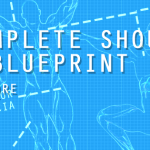
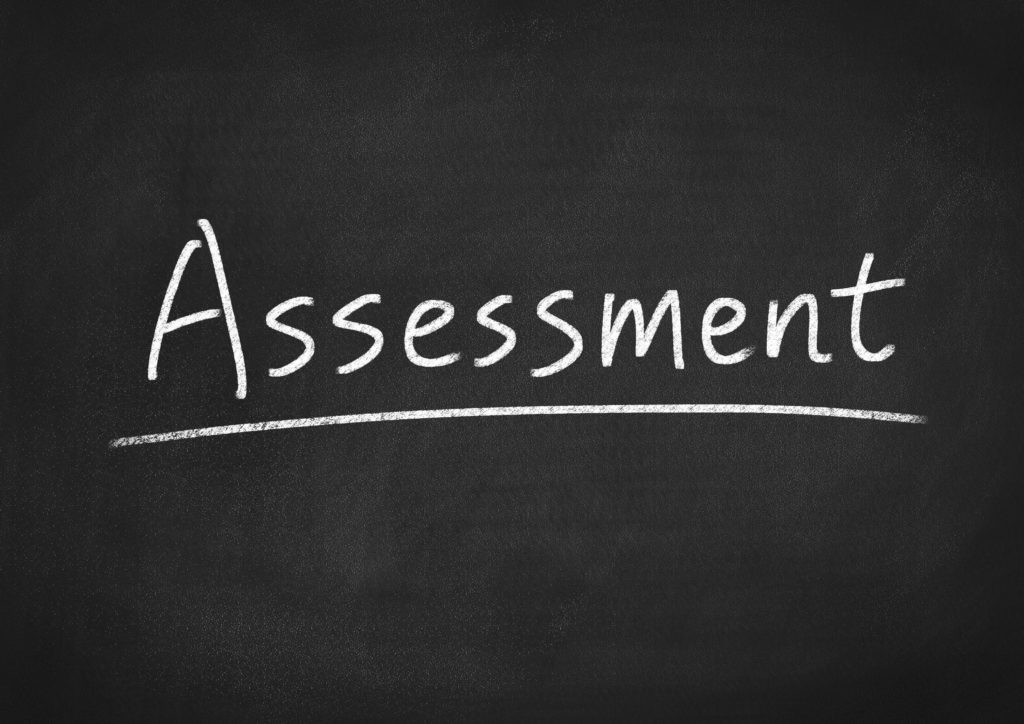
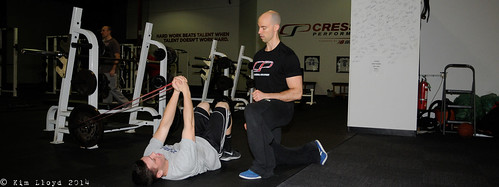

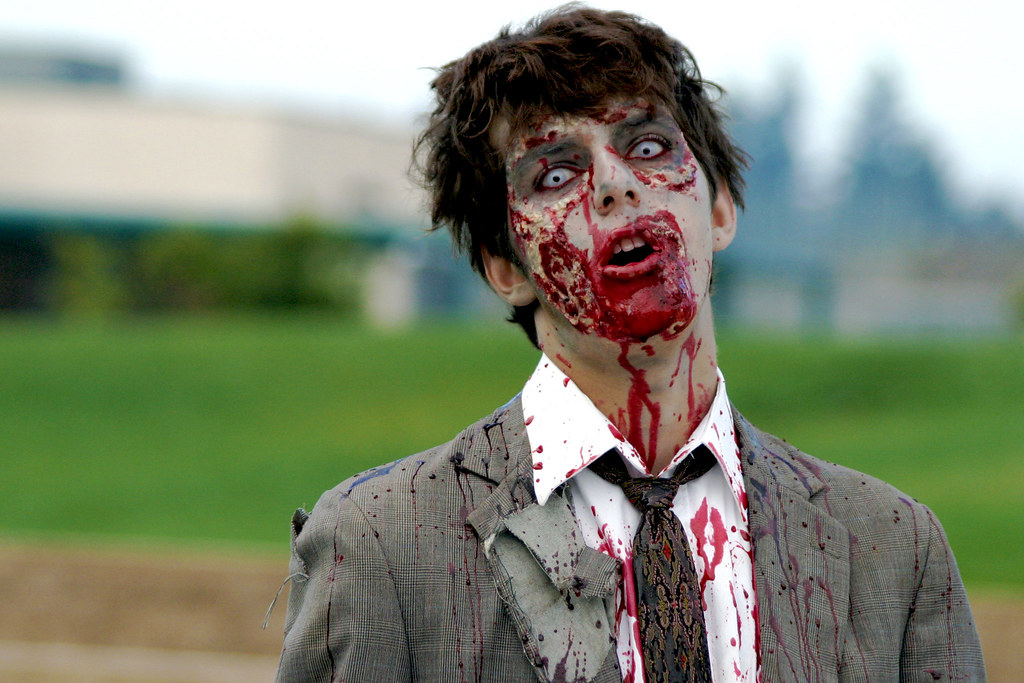
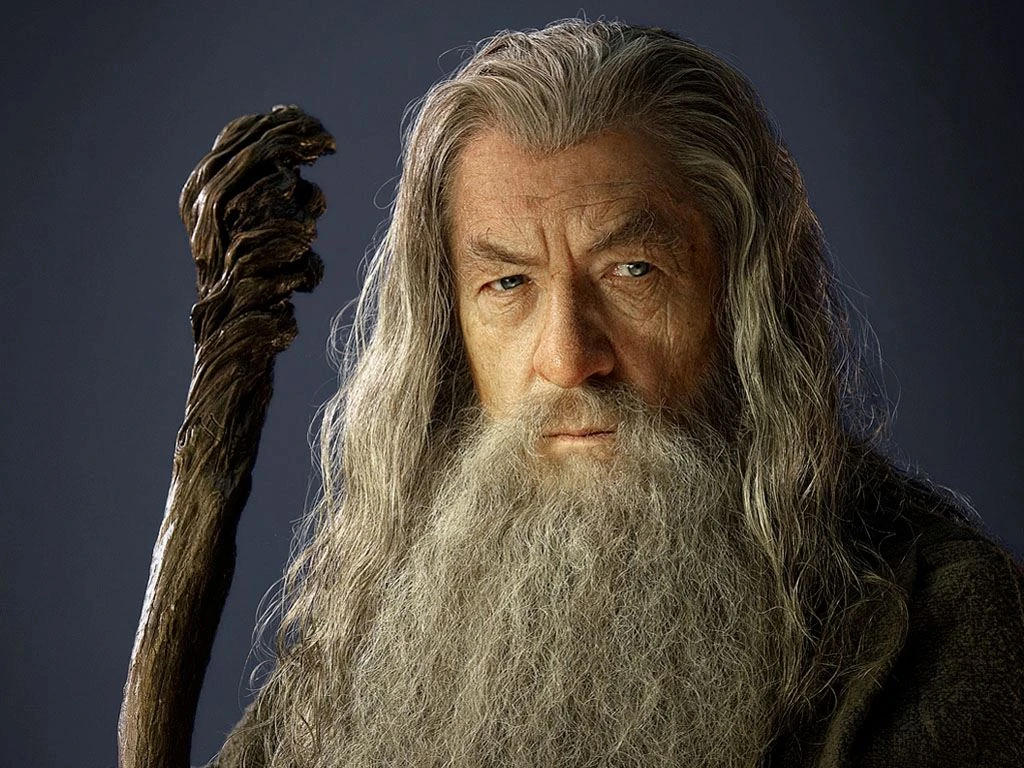


.jpg/290px-Annie_Mac_(2).jpg)

